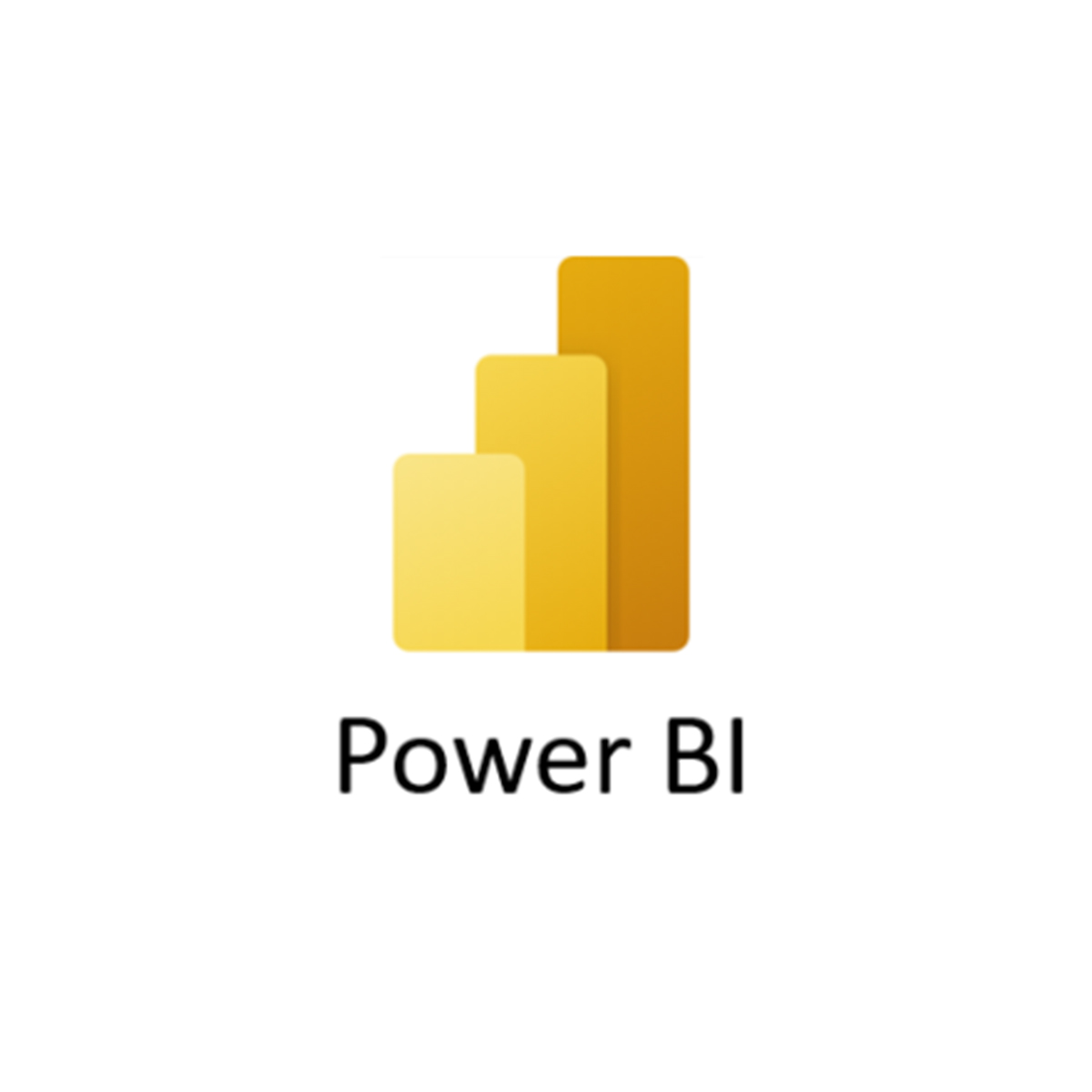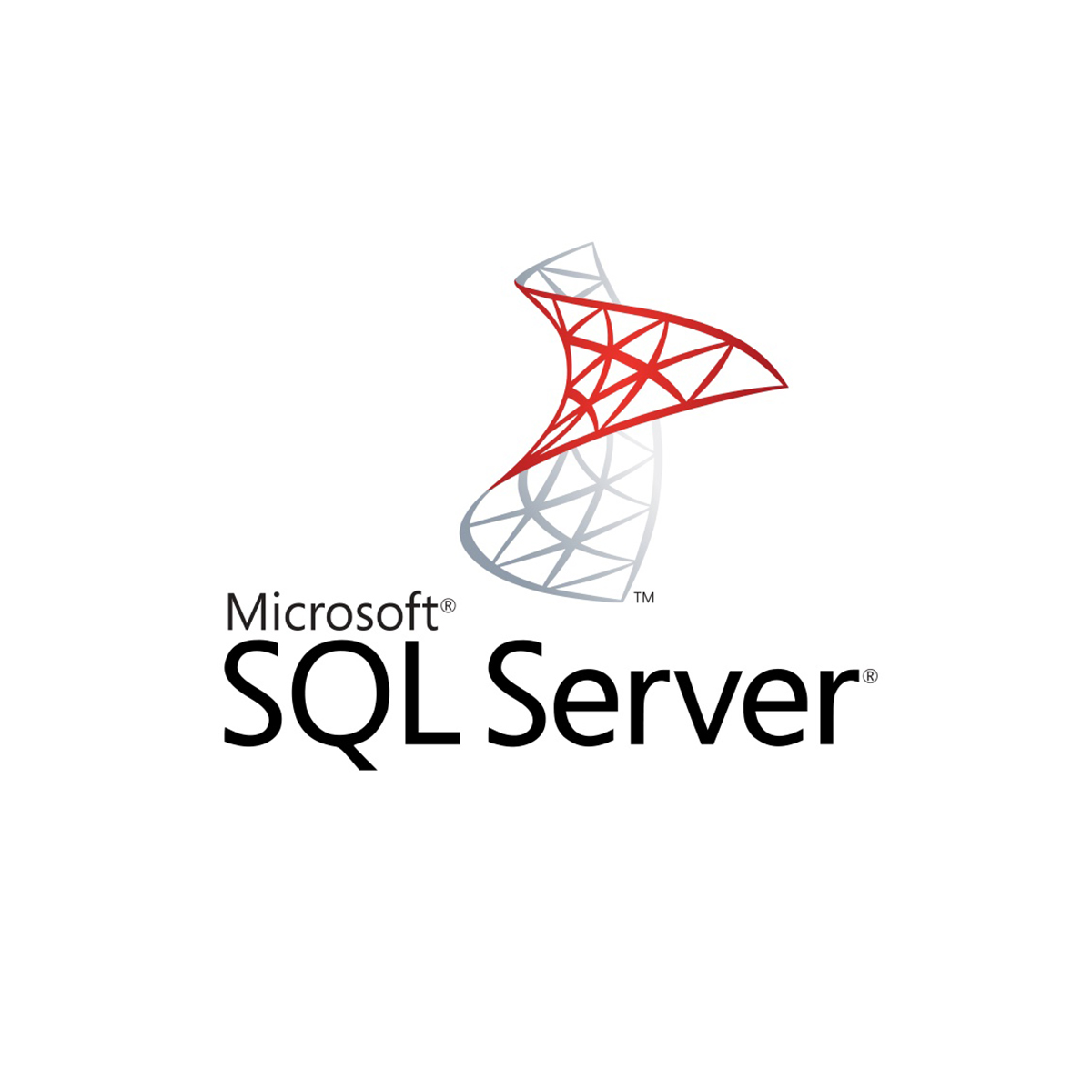

Solution:
Data Analytics & Machine Learning
Industry:
Wholesale
Core sector:
Wholesale
Sales & Product Analysis with Power BI

The Challenge
House of Champagne have been operating for almost 10 years. While they run a number of specialist stores, the company primarily offers retail and wholesale solutions for quality champagnes and sparkling wines.
Because of this, they have undertaken consistent efforts to digitally transform their commerce solutions. Univio was asked to create a solution that can better analyze the sales and product information for greater business insights.
- The company wanted to be able to filter data at every level – via product categories, store locations, vendors and even between B2C and B2B sales channels.
- They also needed to be able to check individual warehouses (and their respective products) for updated quantities, purchase prices and more.
- Likewise, it was also vital that the new analytical solution can view specific traders and their revenue, margins and number of units sold of each respective product.
- In addition to this, the business required greater sales analytics and the ability to filter results for respective individuals.
- Finally, all of the above needed to be assessed through like-for-like periods and historical data to better measure and determine successful growth.

The Solution
- After initial talks and a review of the current system, work started with importing the existing database into Power BI.
- This was then aggregated under various custom-designed database views to match House of Champagne’s specific needs within the tool.
- As part of this process, custom filters were set up to separate data – including the breakdown of all sales data into income, margins and units sold, in addition to other filters and slices.
The Result
What We Learned
Thanks to the new system, all implemented within Power BI’s user-friendly interface, House of Champagne now have more analytical control than ever before. Because data can be sliced in various ways – via product, category, location, sales representative and specific vendor, to name a few – the company is able to gain the exact insights needed to move forward. Furthermore, with the ability to compare sales periods, warehouses and other like-for-like factors, it’s even easier to both determine and measure success.







